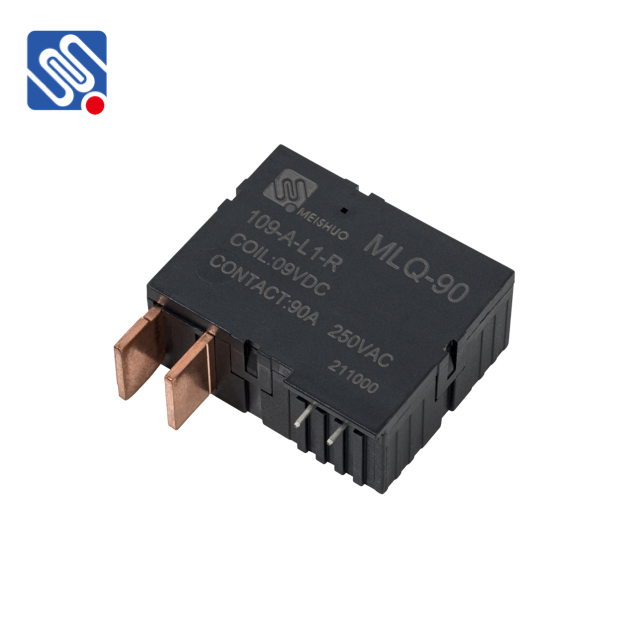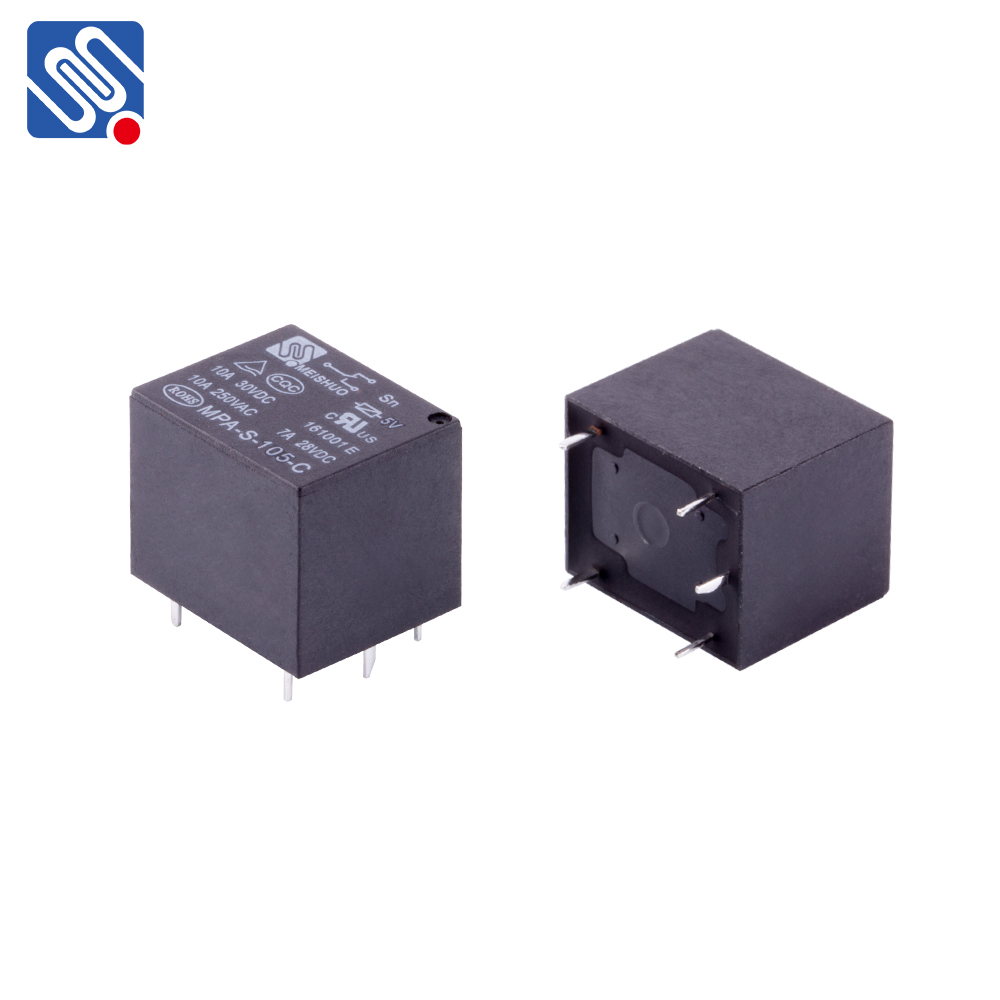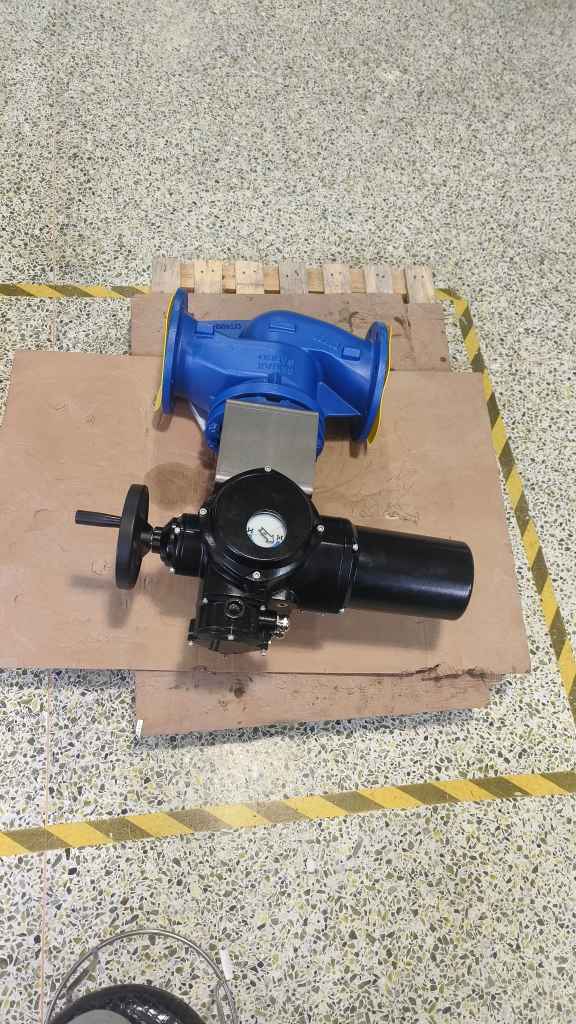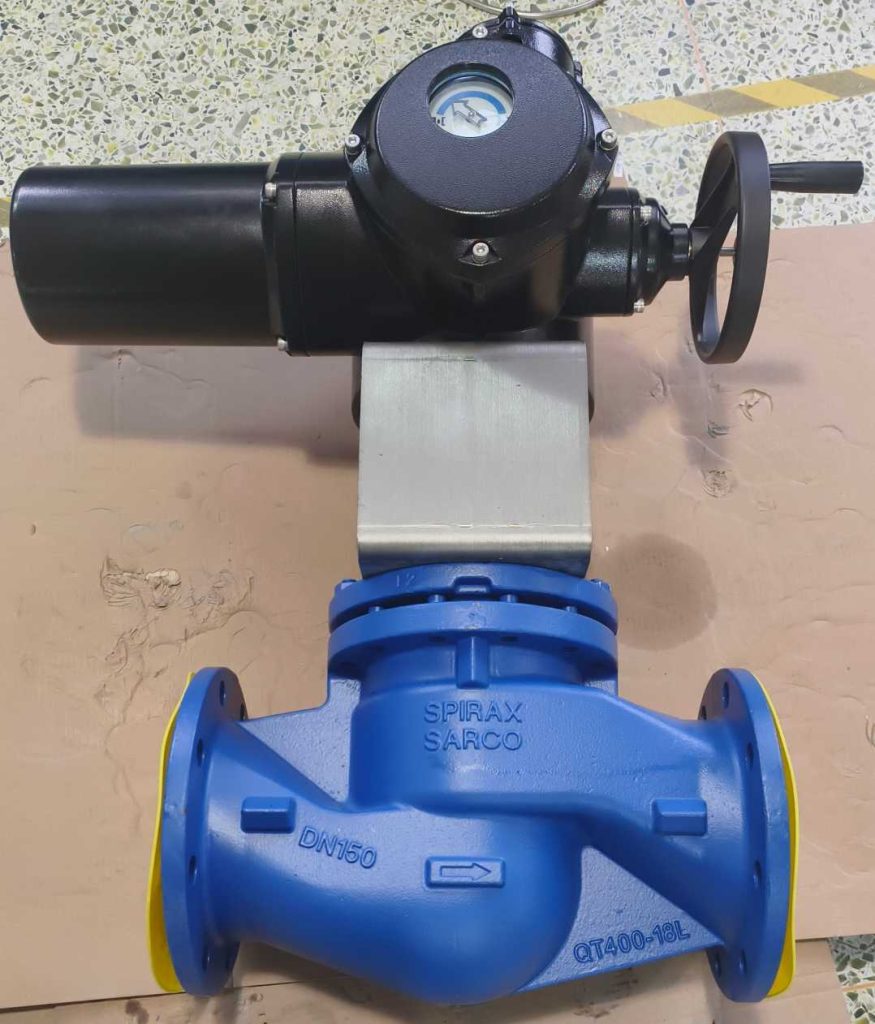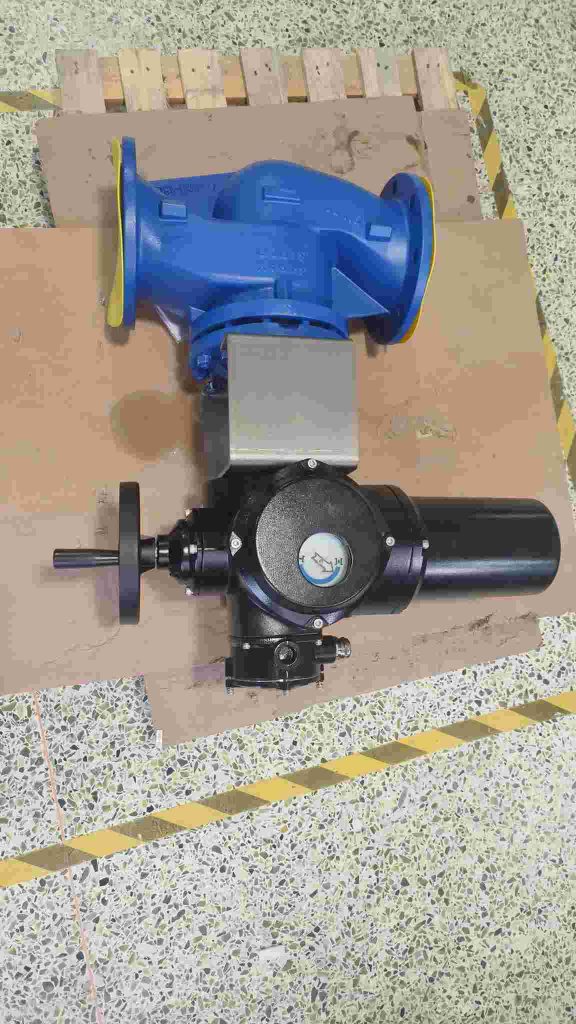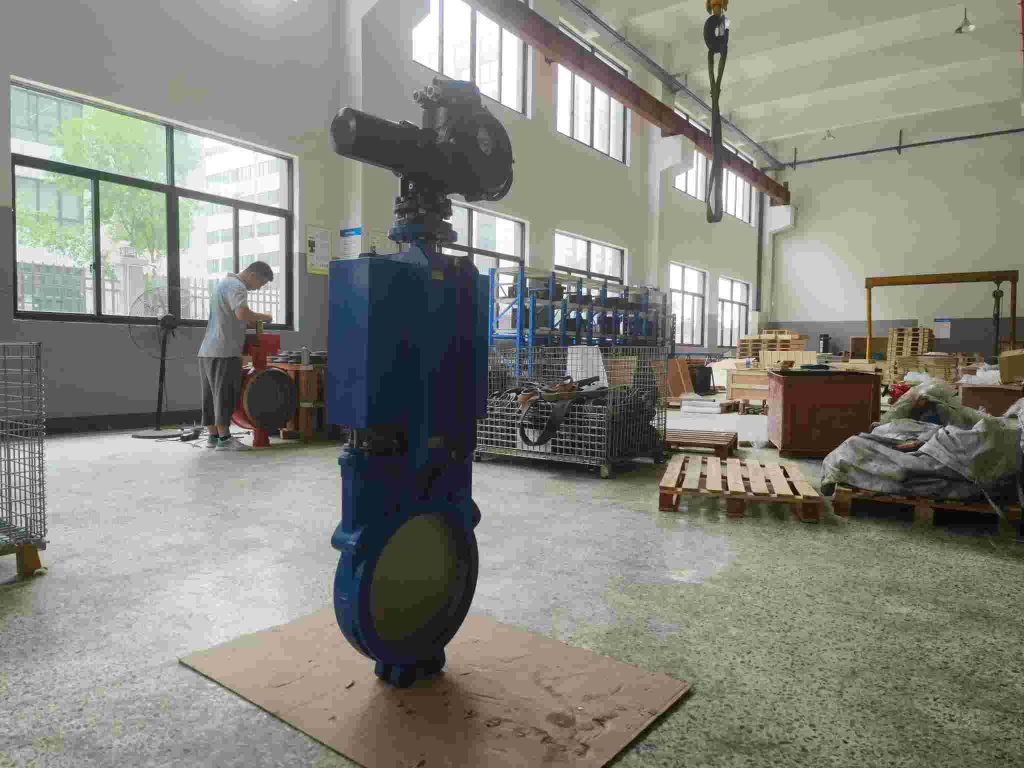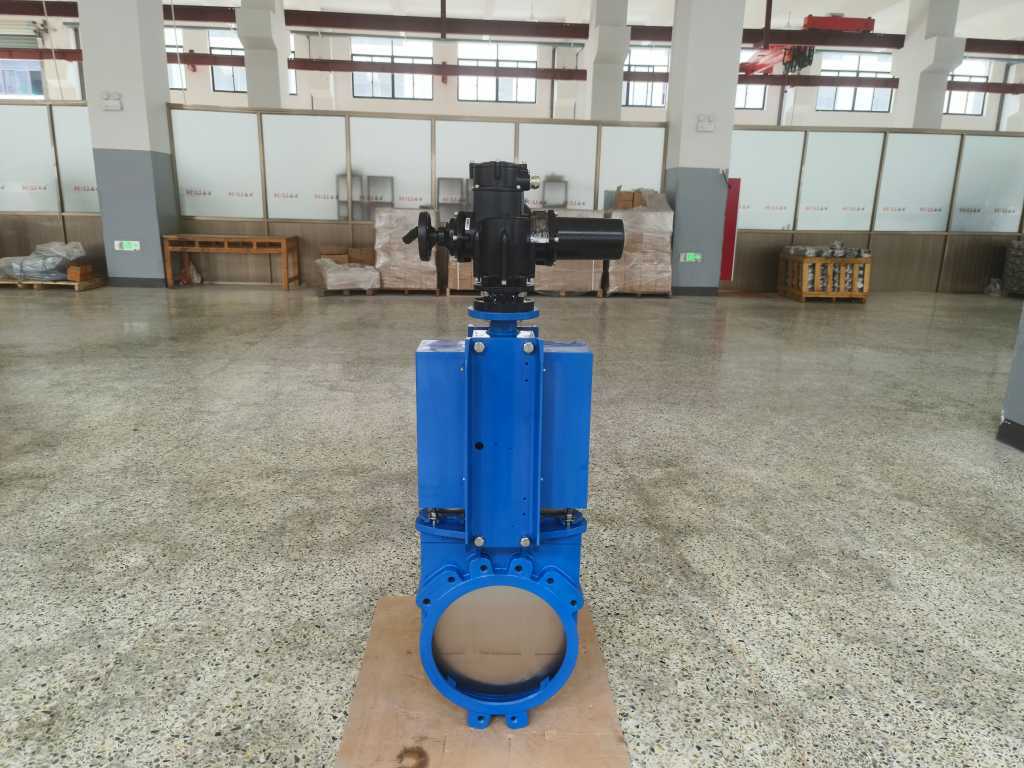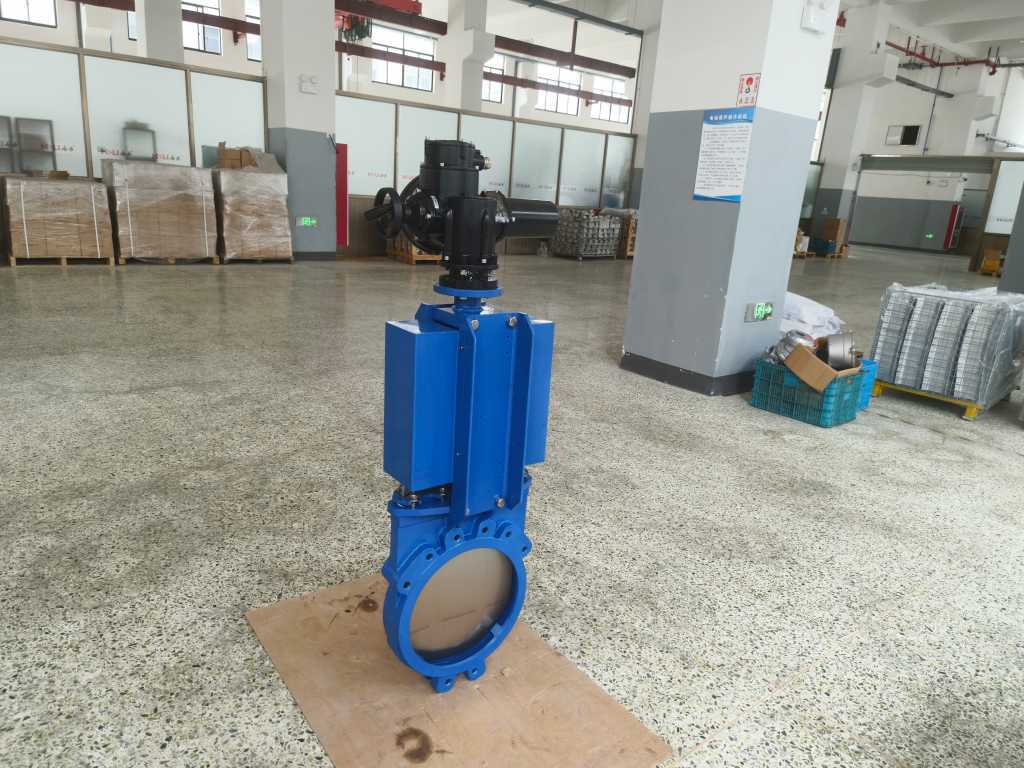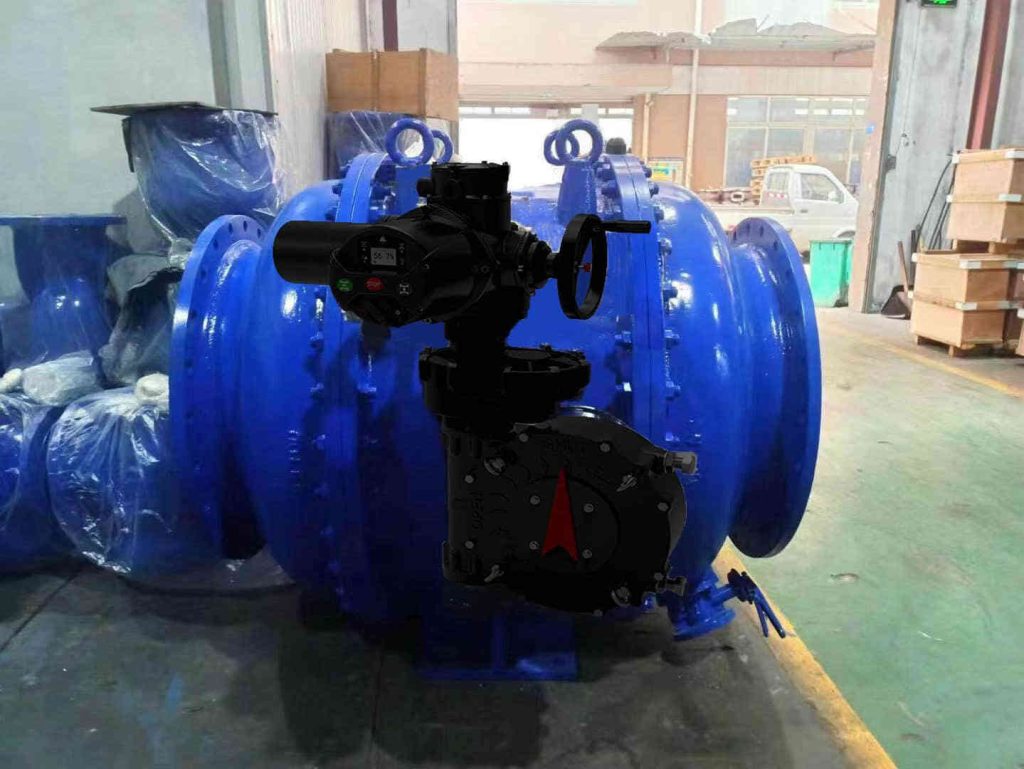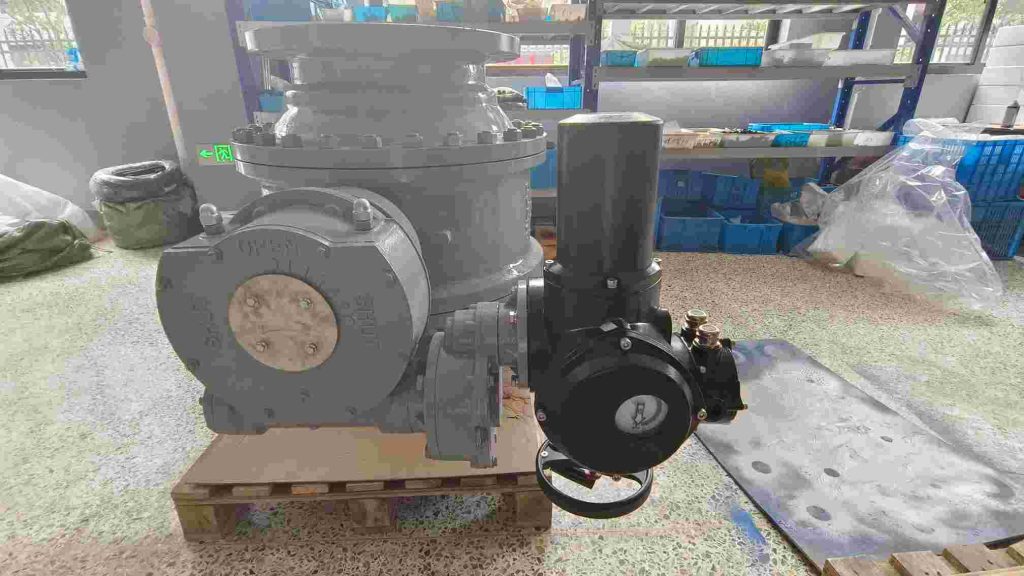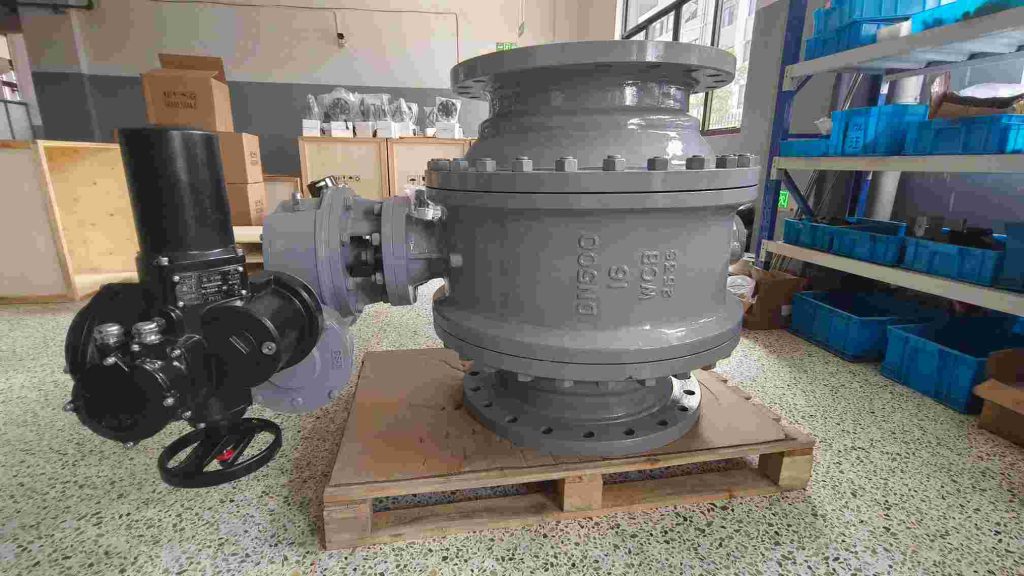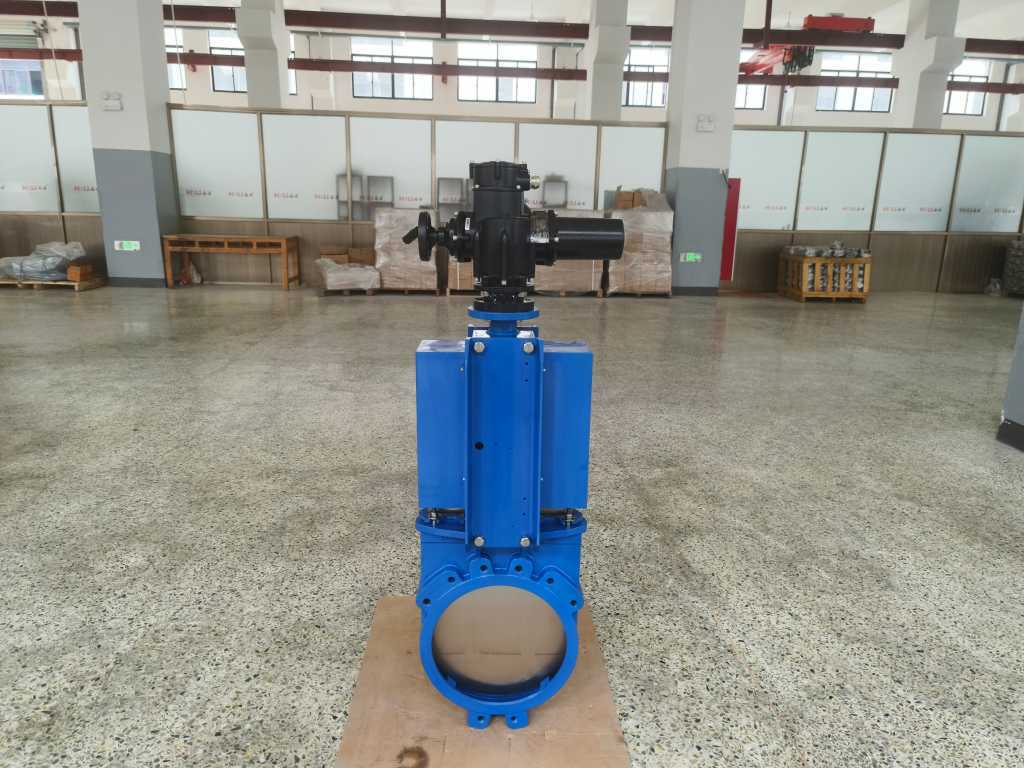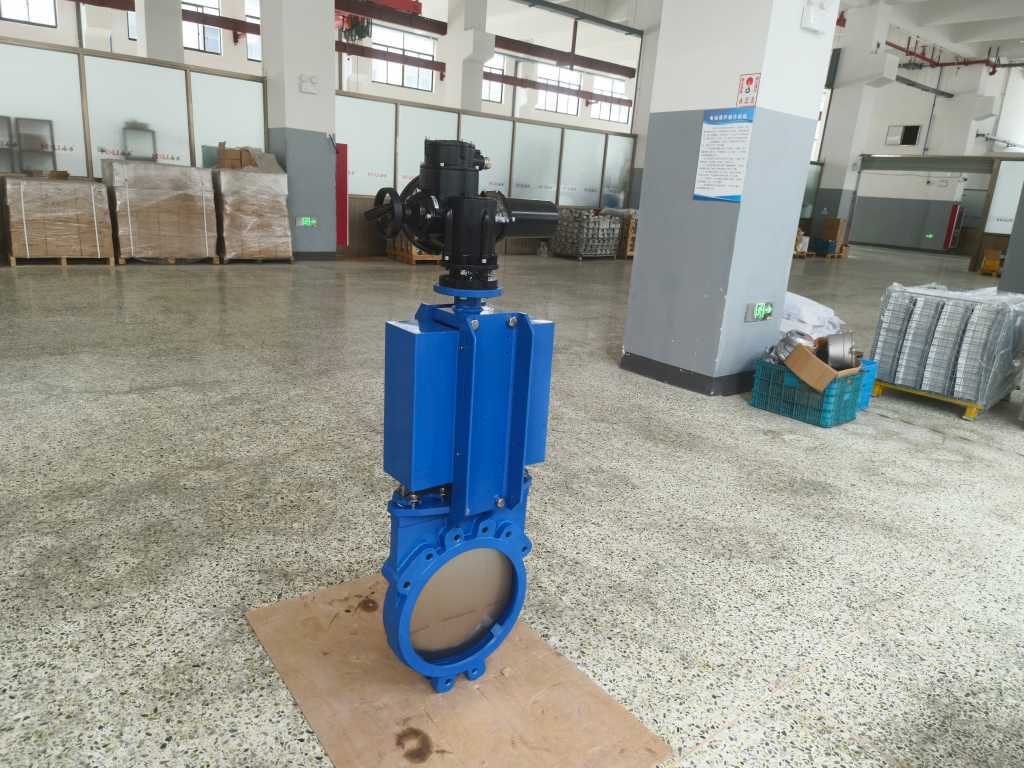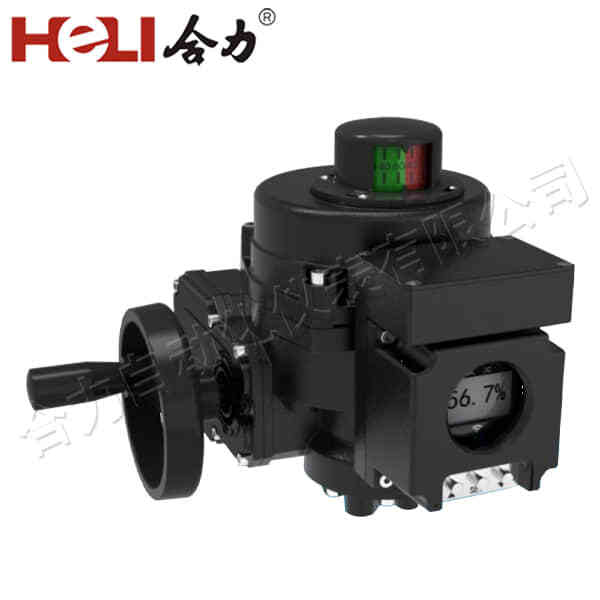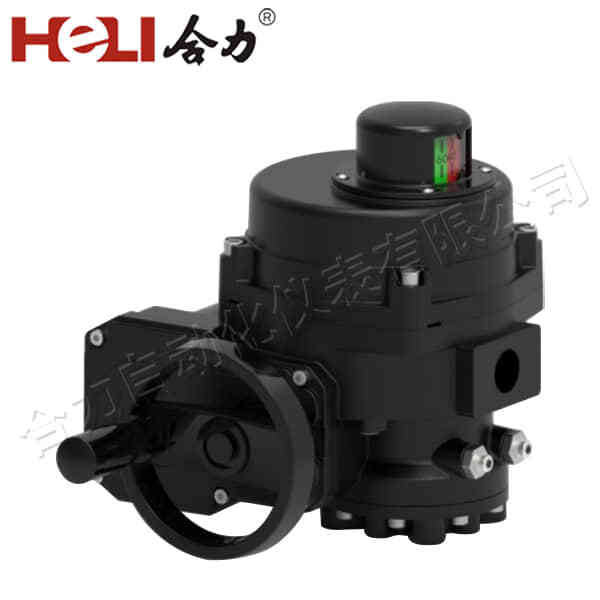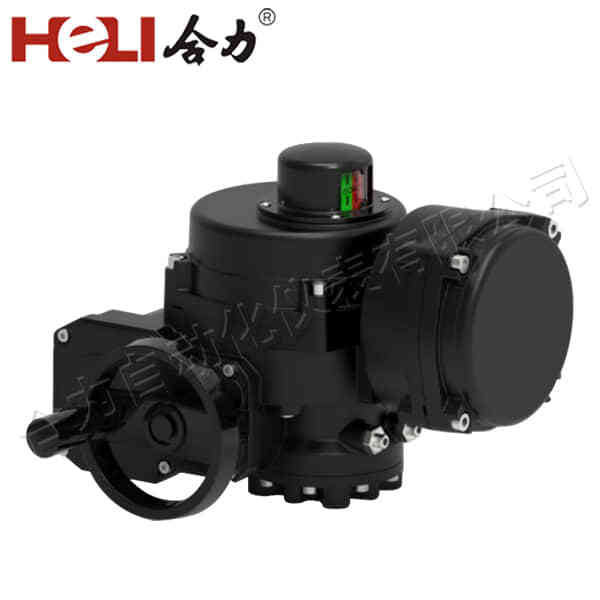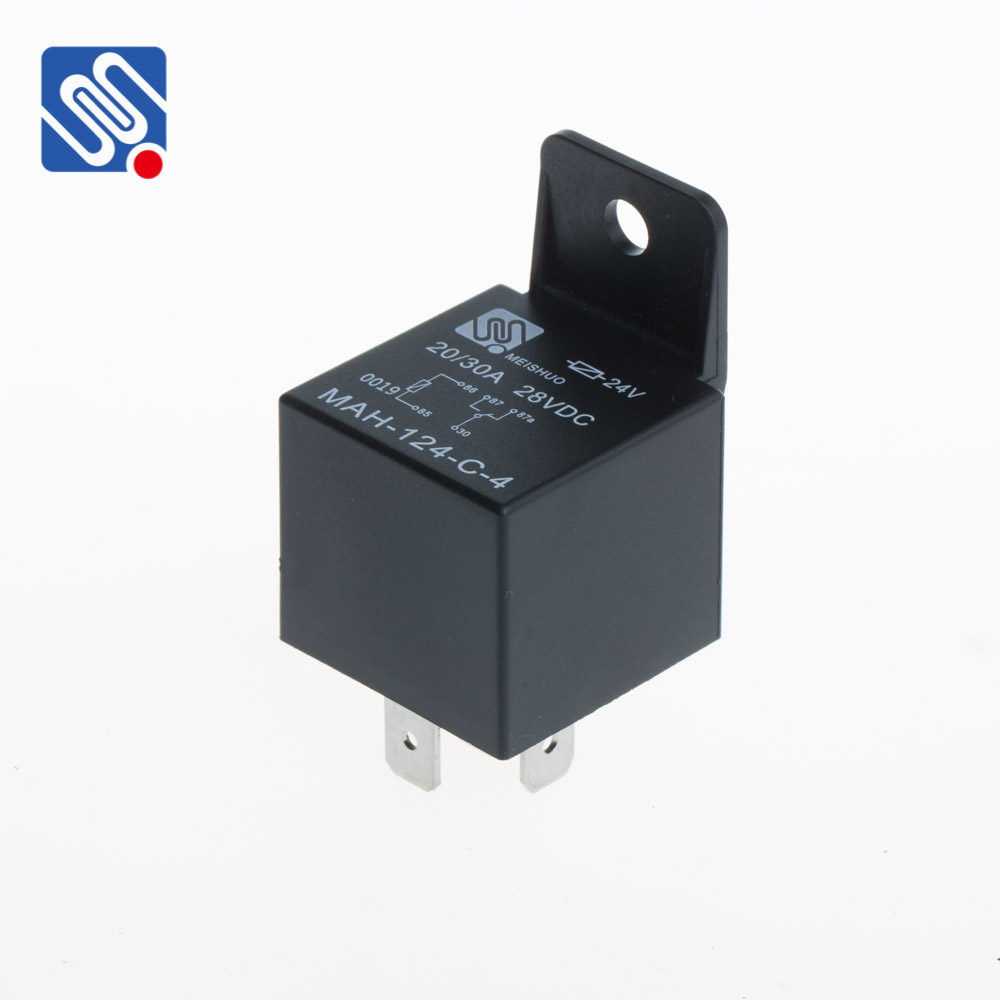Battery Management Systems (BMS) are integral to the operation and safety of rechargeable battery packs, particularly in high-demand applications like electric vehicles (EVs), renewable energy storage systems, and portable electronics. One of the critical components of a BMS is the thermal control relay, which plays a significant role in protecting the battery from temperature-related damage. In this article, we explore the importance, functionality, and applications of the BMS Thermal Control Relay.
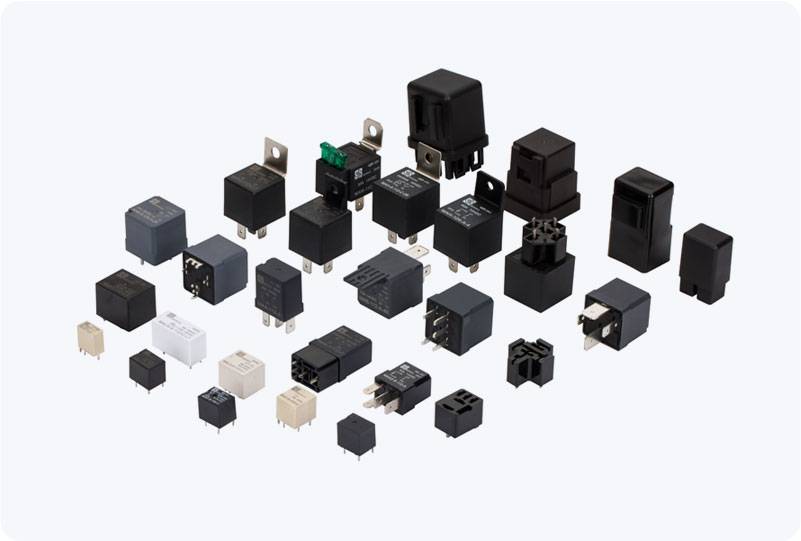
The Role of BMS Thermal Control Relay The BMS Thermal Control Relay is designed to monitor and regulate the temperature of the battery pack, ensuring that it operates within a safe temperature range. Lithium-ion batteries, which are commonly used in electric vehicles and other high-performance applications, are particularly sensitive to temperature fluctuations. If the battery temperature exceeds a certain threshold, it can lead to reduced performance, accelerated aging, or, in extreme cases, thermal runaway—an uncontrollable chemical reaction that can result in fires or explosions. Therefore, the BMS Thermal Control Relay’s primary function is to detect abnormal temperature conditions and take corrective actions to safeguard the battery. By disconnecting the battery from the load or charging system when temperatures become too high or too low, the thermal control relay prevents potential damage and ensures the battery continues to operate safely and efficiently.
